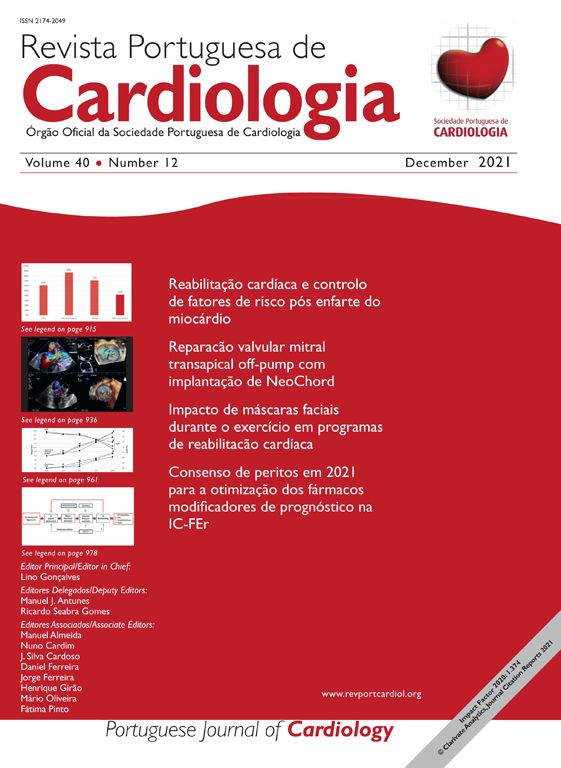Pregnancy is becoming more common in older women with an increased risk of associated chronic conditions such as hypertension, diabetes and hypercholesterolemia or who already show evidence of atherosclerotic vascular disease. Additionally, the successful treatment of heart disease in infants and children has resulted in more women with congenital heart disease surviving into adulthood and being capable of having a successful pregnancy.1,2
Maternal mortality remains an important healthcare problem; no major improvements have been noted in recent decades in most developed countries, with cardiovascular disease being the leading cause of pregnancy-related deaths.3
Arrhythmias are one of the most frequent cardiac problems reported in pregnancy. Proarrhythmic mechanisms related to hemodynamic, autonomic and hormonal changes make pregnancy a high-risk state for the occurrence of new-onset arrhythmias or the recurrence of pre-existing arrhythmias.
Data on the exact prevalence of rhythm disorders during pregnancy are conflicting and difficult to assess, since in addition to palpitations being a common complaint, heart rate progressively increases by 10–25% from pre-pregnancy levels.1,2
Supraventricular arrhythmias are more common than ventricular arrhythmias and life-threatening arrhythmias seem to be relatively rare.
In normal hearts, apart from sinus tachycardia, the most common rhythm abnormalities in pregnancy are simple ventricular and atrial ectopies (reported in 50–60% of pregnant women), which generally do not lead to hospital admission and resolve spontaneously after delivery.4
In women with structural heart disease, arrhythmias, particularly atrial fibrillation and ventricular tachycardia, are more common during pregnancy and can lead to cardiac decompensation.
When arrhythmic disorders lead to hospitalization, there is an increased risk of both maternal and fetal complications, including maternal mortality. Management may be further complicated because many antiarrhythmic and other cardiac drugs can have teratogenic effects in the first eight weeks of pregnancy and fetal growth and development issues thereafter. Additionally, most cardiologists lack experience in treating and managing these patients.1–5
In this issue of the Journal, Muñoz-Ortiza et al.6 analyze arrhythmic events during pregnancy in a single-center registry and their impact on cardiac, obstetric and neonatal outcomes. They report data on a cohort of 92 consecutive women diagnosed with tachy- or bradyarrhythmias during pregnancy and referred to a dedicated cardio-obstetric team in a tertiary center in Colombia.
The main findings were that rhythm disorders were the most common cause of cardiac referral and that the most common arrhythmias were premature ventricular and atrial contractions, which accounted for 45% of all cases, followed by 15% for paroxysmal re-entrant supraventricular tachycardias.
There were few cases of ventricular tachycardia and atrial flutter and, surprisingly, no cases of atrial fibrillation, which is probably related to the fact that only 8.7% of the patients had structural heart disease and were mostly in class I and II of the modified WHO classification. There were no maternal deaths and only one patient required ablation during pregnancy. Although it was not the case in this report, it should be emphasized that today the majority of ablations can be performed safely with minimal radiation exposure or even without using fluoroscopy, thanks to advances in three-dimensional electroanatomical mapping systems and/or intracardiac echocardiography.7
Ten percent of the women presented with second- or third-degree atrioventricular block, two of whom were implanted with a pacemaker. Opting for permanent device implantation in such a young population is an approach that probably will be less and less used, particularly due to the efficacy and accessibility of treatments like cardioneuroablation in selected cases.2
There were considerable delays between patient referral and consultation in the cardio-obstetric program, with a median gestation of 31.5 weeks by the time of the first medical assessment. This delay was pointed out by the authors and explained by local contingencies of the healthcare system and accessibility, but may have led to underestimation of important outcomes during pregnancy.
Nevertheless, the authors are to be commended for their research in this patient population, on which there is a lack of real-world information, particularly in Latin American countries. Collaboration and standardization of data collection should be encouraged to facilitate comparison of outcomes from different cardio-obstetric programs. This could contribute to more comprehensive pre-pregnancy counseling, early recognition, careful delivery planning and close postpartum follow-up, and therefore to improved care for these patients.
Conflicts of interestThe author has no conflicts of interest to declare.





